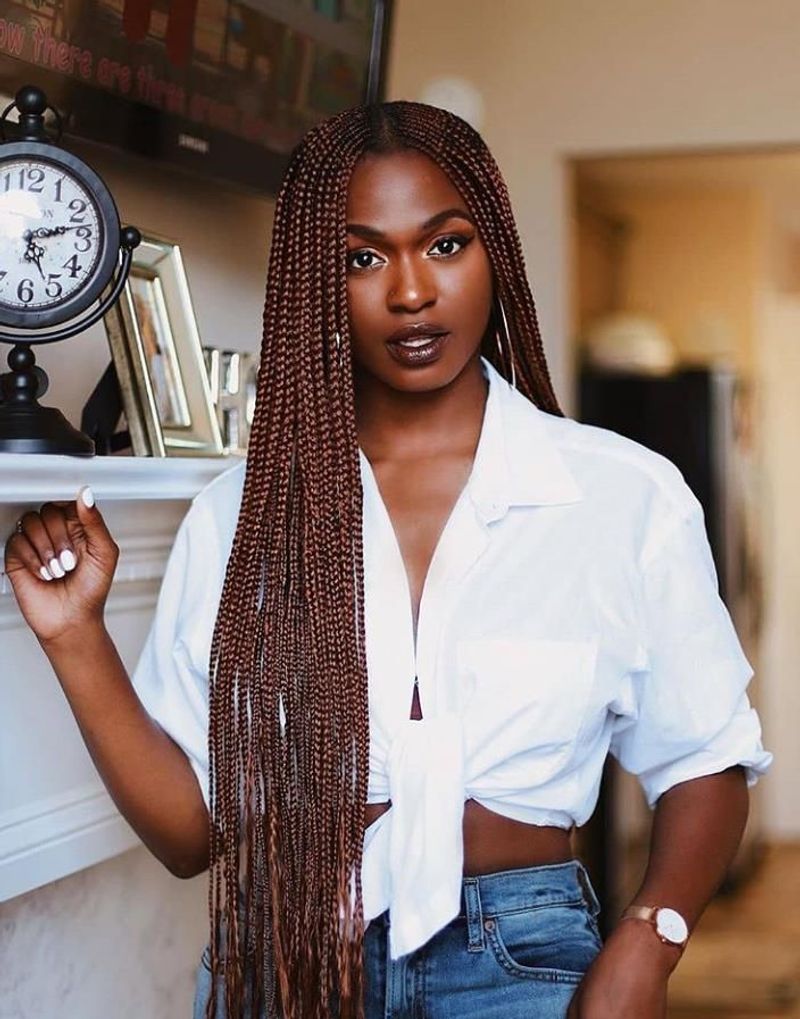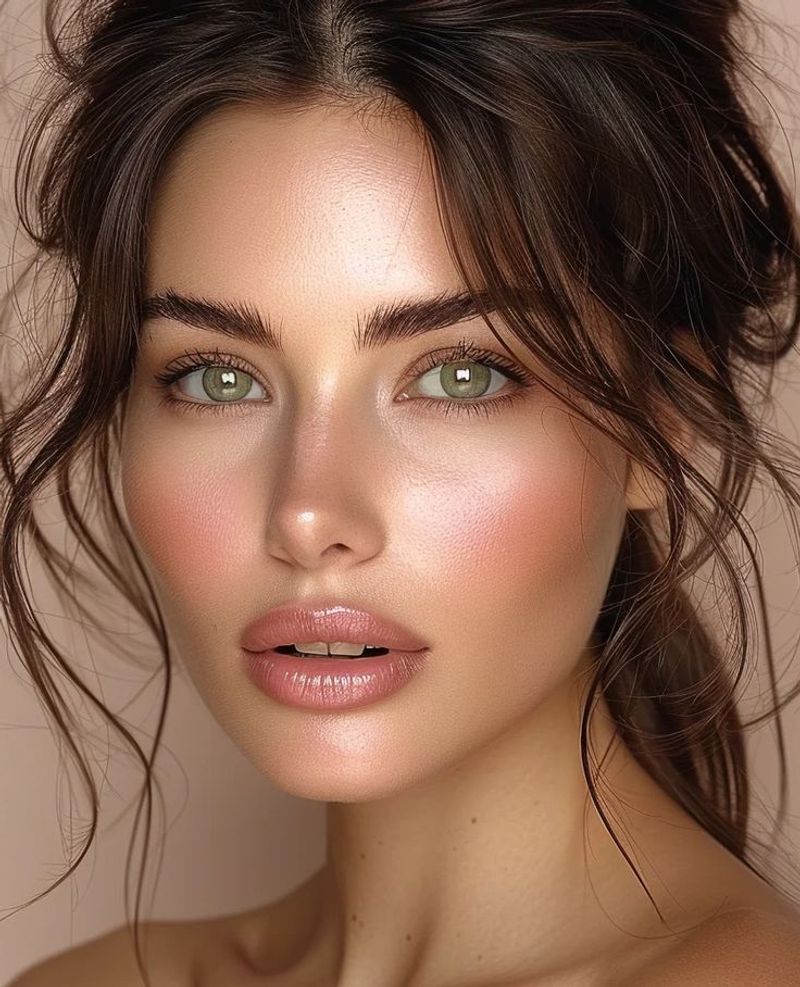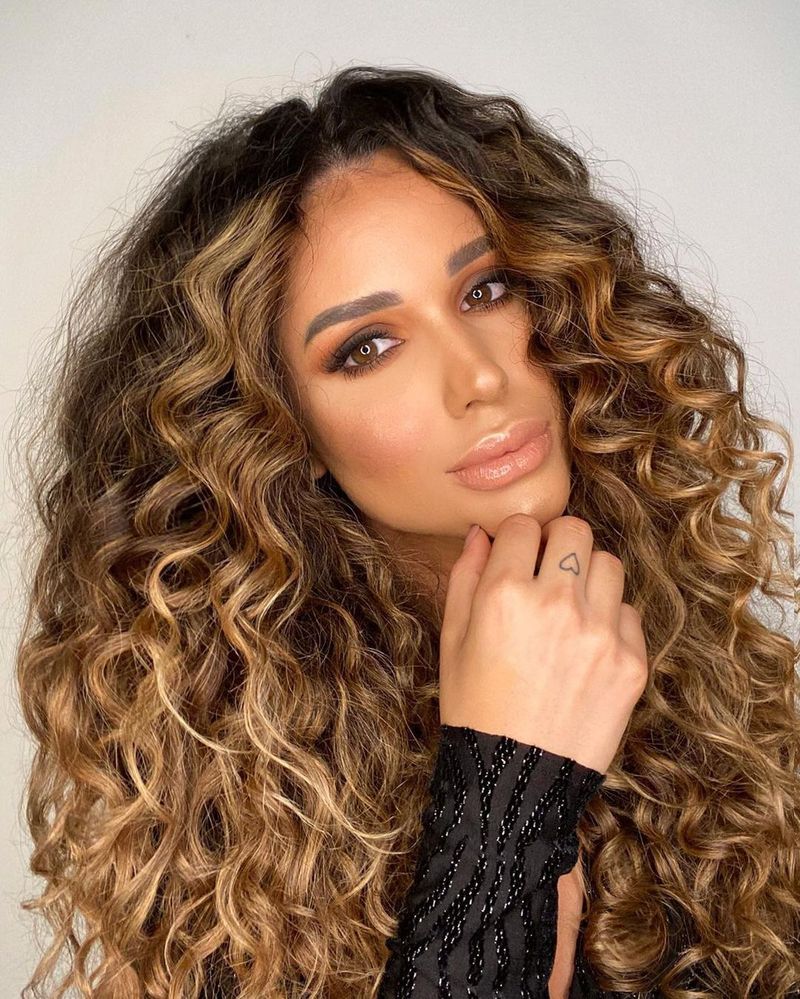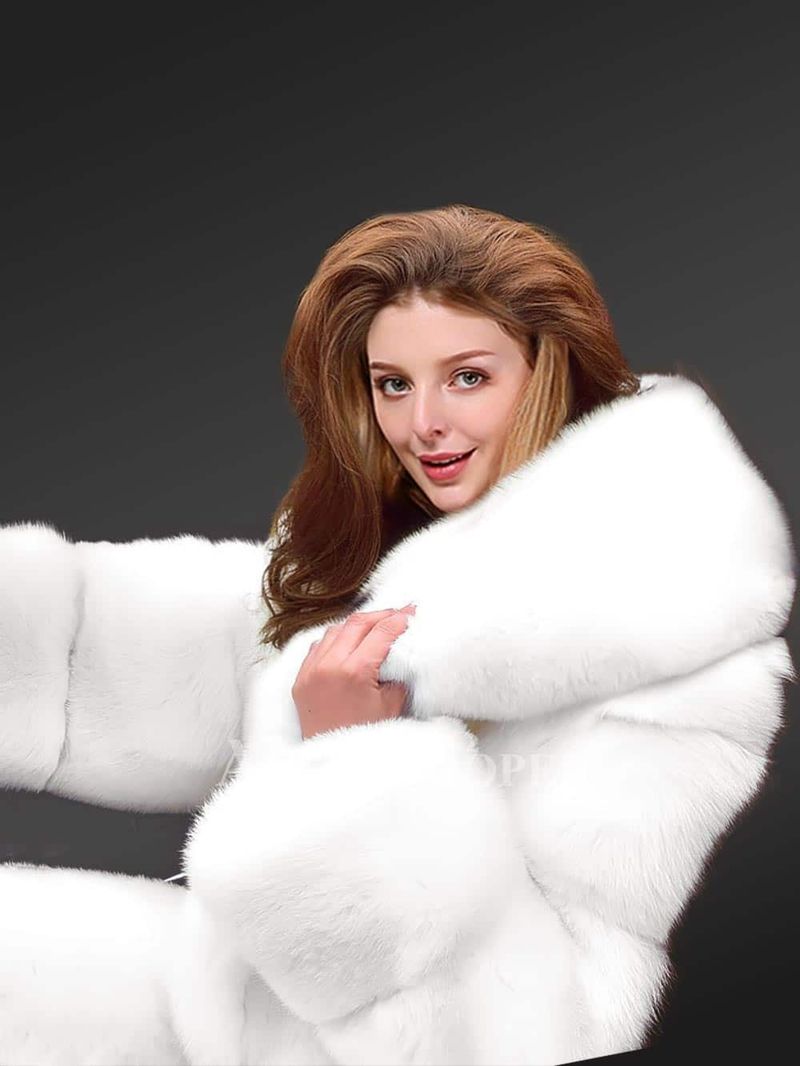Understanding the origin of your hair is crucial for maintaining its health, appearance, and overall well-being.
Hair origin refers to the source of your hair, including its geographic and ethnic background, which has a significant impact on its texture, growth pattern, and care needs.
Knowing your hair’s origin can help you choose the best products, styles, and treatments to suit its unique characteristics.
This awareness also fosters a deeper connection to your heritage and identity, making hair care a more meaningful and informed practice. Explore these ten key aspects of hair origin that truly matter.
African Hair Origins

Rich in cultural history, African hair is celebrated for its diverse textures and styles.
Known for its tightly coiled structure, it offers versatile styling options that reflect cultural identity and pride. Many African cultures use hair as a canvas for storytelling, embedding significance in every braid and twist.
Caring for African hair requires moisture retention, as its curl pattern can hinder natural oils from reaching the ends. Emphasizing hydration with oils and butters is essential.
Did you know? Ancient Egyptians adorned their hair with gold and beads, symbolizing status and beauty.
Asian Hair Characteristics

Asian hair is often recognized for its straight, thick strands that shine with natural luster. This type is particularly known for its growth speed and resilience, requiring specific care to maintain its health.
Due to its straight nature, Asian hair can easily become oily, making regular washing essential. However, it also benefits from protective styles to prevent breakage.
A historical note: In ancient China, long hair was seen as a symbol of wisdom and dignity, with many choosing to keep it uncut for a lifetime.
European Hair Diversity

European hair is celebrated for its wide diversity, ranging from fine and straight to thick and curly. This variability offers a spectrum of styling options that cater to personal preference and cultural tradition.
However, European hair often faces challenges such as frizz and dryness, particularly in wavy and curly types. Regular conditioning and gentle handling are key.
Fun fact: The Renaissance period saw elaborate hairstyles as a status symbol, with women using intricate braids and adornments to display wealth and class.
Latino Hair Varieties

Latino hair embodies a rich tapestry of textures, often characterized by its thickness and volume. Whether straight, wavy, or curly, Latino hair reflects a blend of indigenous, African, and European influences.
Maintaining this type of hair often involves balancing moisture and strength, using a mix of natural oils and treatments to enhance its natural beauty.
Historical tidbit: The Spanish colonization brought a fusion of hair care practices, blending indigenous methods with European techniques, creating a unique hair culture.
Middle Eastern Hair Traits

Middle Eastern hair is renowned for its thickness and strength, often appearing in deep, lustrous shades. This hair type requires a balance of moisture and protection to maintain its stunning appearance.
Humidity and environmental factors can impact its texture, necessitating the use of protective serums and nourishing masks.
Cultural insight: In many Middle Eastern traditions, hair is considered an extension of one’s beauty and vitality, with elaborate care routines symbolizing personal and spiritual well-being.
South American Hair Textures

South American hair is a blend of rich textures and vibrant colors, reflecting the continent’s diverse ancestry. From the silky strands of Brazilian hair to the coarser curls of Andean heritage, every texture tells a unique story.
The influence of indigenous, African, and European genes is evident, creating a spectrum of beauty and resilience. Proper nourishing and understanding of these hair types can enhance their natural sheen and strength.
In regions like the Amazon, natural remedies play a significant role in hair care, using ingredients like acai and argan oil.
Arctic Hair Adaptations

In the icy realms of the Arctic, hair has adapted to withstand harsh climates. Inuit communities, for instance, exhibit thick and robust hair that provides insulation against freezing temperatures.
This adaptation extends beyond mere survival, offering insights into human resilience and ingenuity. The hair’s density helps retain body heat, a crucial trait for Arctic inhabitants.
Such hair types require special care, emphasizing hydration to combat dryness due to cold winds. Traditional practices often incorporate seal oil and other indigenous resources for hair maintenance.
Indigenous Australian Hair Characteristics

Indigenous Australian hair is known for its unique texture and adaptability. Typically curly and coarse, this hair type is well-suited for the arid Australian climate.
The hair’s structure offers protection from the sun, with its curls minimizing scalp exposure. This natural adaptation showcases the evolutionary responses to environmental challenges.
Cultural traditions emphasize the use of native plants for hair care, ensuring that hair remains healthy despite challenging weather conditions. Tea tree oil and eucalyptus are commonly utilized.
Pacific Islander Hair Traits

Pacific Islander hair is celebrated for its volume and texture, often appearing thick and wavy. These traits resonate with the island lifestyle, where humidity and saltwater shape hair characteristics.
The hair’s natural buoyancy aids in swimming, a vital skill for island communities. This feature not only enhances physical activity but also enriches cultural identity.
Traditional hair care practices involve coconut oil as a primary conditioner, capitalizing on local resources to maintain hair health and luster in a tropical setting.
Native American Hair Traditions

For many Native American tribes, hair holds deep cultural and spiritual significance. Often worn long and straight, it symbolizes strength and identity.
Hair is considered sacred and is treated with great respect, often involved in rituals and ceremonies. Each strand tells a story, connecting individuals to their ancestors and cultural heritage.
Natural oils and herbs, like sweetgrass and sage, are integral to hair care, reflecting a harmonious relationship with nature. This connection to tradition enriches the community’s collective identity.
